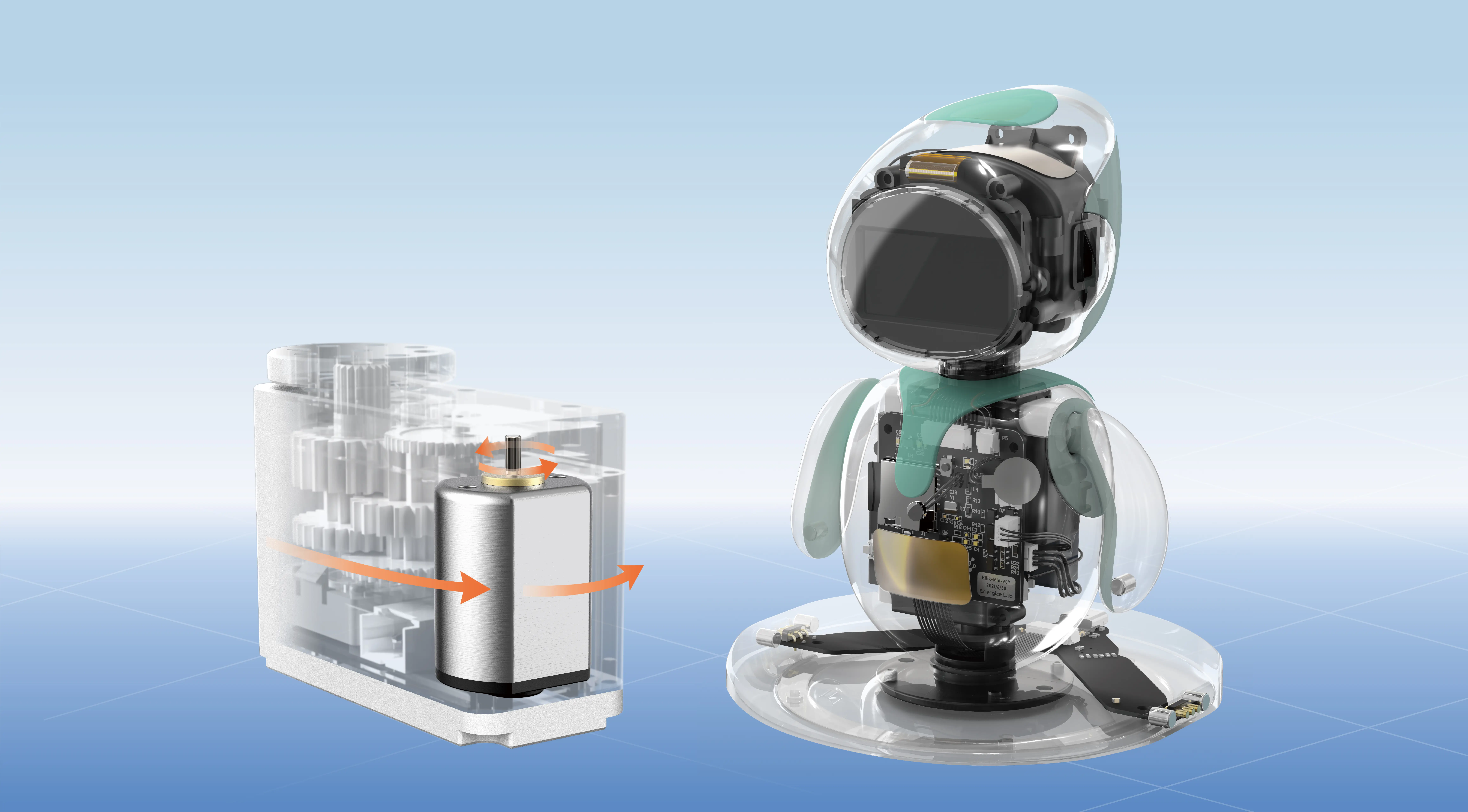part 1:
Understanding the Essence of a Servo Motor
A servo motor might seem like a complex piece of machinery at first glance, but at its core, it embodies a fascinating blend of electrical, mechanical, and control engineering principles. Whether you're a hobbyist aiming to craft a robot arm or an engineer exploring custom automation, understanding how a servo motor works paves the way for a successful DIY project.

A typical servo motor consists of a DC motor, a gear train, a position sensor (often a potentiometer or encoder), and a control circuit. These components work together to provide precise control over the shaft's angular position, speed, and acceleration. This makes servo motors invaluable in robotics, drone stabilization, automation, and even camera gimbals.
Breaking Down the Components
DC Motor: At the heart of the servo, this motor provides the rotational force. It’s usually a small, high-RPM brushed or brushless motor designed for quick response and controllability.
Gear Train: This assembly reduces the high RPM of the motor to a more usable torque and angular position. Gears like spur gears or planetary gearboxes are common, depending on the size and application's precision needs.
Position Sensor: Key to the servo's precision, this sensor reports the shaft's current position. Potentiometers are standard; more advanced models use optical or magnetic encoders for higher accuracy.
Control Circuit: A sophisticated circuit interprets the control signals (like PWM signals from a microcontroller), compares the current position with the desired position, and adjusts the motor's movement accordingly using feedback.
Designing Your Own Servo Motor: Conceptual Framework
Before diving into building, it's vital to understand the fundamental functioning: it’s a closed-loop system where the control circuitry continually compares the actual position against the target, adjusting motor current to minimize error. When designing your own, consider these key steps:
Define the desired torque, speed, and angular range. Choose appropriate motor specifications, matching your application's needs. Select a gear mechanism that offers the best compromise between speed, torque, and size. Decide on the type of position sensor. Potentiometers are easiest; encoders provide higher precision. Develop or source a control circuit capable of interpreting PWM signals and implementing feedback control (a PID controller is standard).
Starting Your Build: Basic Tools and Materials
Microcontroller: Arduino, Raspberry Pi, or similar—capable of PWM output and reading sensor inputs. Motor: Small brushed DC motor or brushless, depending on precision needs. Gears: Procure or custom-make gear sets compatible with your motor shaft and reduction needs. Position Sensor: Potentiometer or optical encoder. Power Supply: Stable voltage source suitable for your motor’s requirements. Electronic Components: Resistors, transistors, diodes, capacitors, and a PCB or breadboard for assembling the control circuit. Mechanical Housing: To mount components securely and ensure stability.
Designing the Control Algorithm
For a beginner, a basic proportional-integral-derivative (PID) loop is ideal to achieve smooth, accurate control. The PID algorithm calculates an output signal based on the difference between the current and desired position, adjusting the motor’s voltage accordingly.
Here’s a simplified outline:
Read the current position from the sensor. Calculate the error (desired position – current position). Compute the control signal using PID calculations. Send the PWM signal to the motor driver based on the control output. Repeat this loop continuously for real-time adjustment.
With your control theory in mind, it’s time to assemble your hardware.
(End of Part 1; stay tuned for Part 2, where we’ll detail building the physical components, tuning your servo, troubleshooting, and advanced tips for optimizing your homemade servo motor.)
Leveraging innovations in modular drive technology, Kpower integrates high-performance motors, precision reducers, and multi-protocol control systems to provide efficient and customized smart drive system solutions.




































